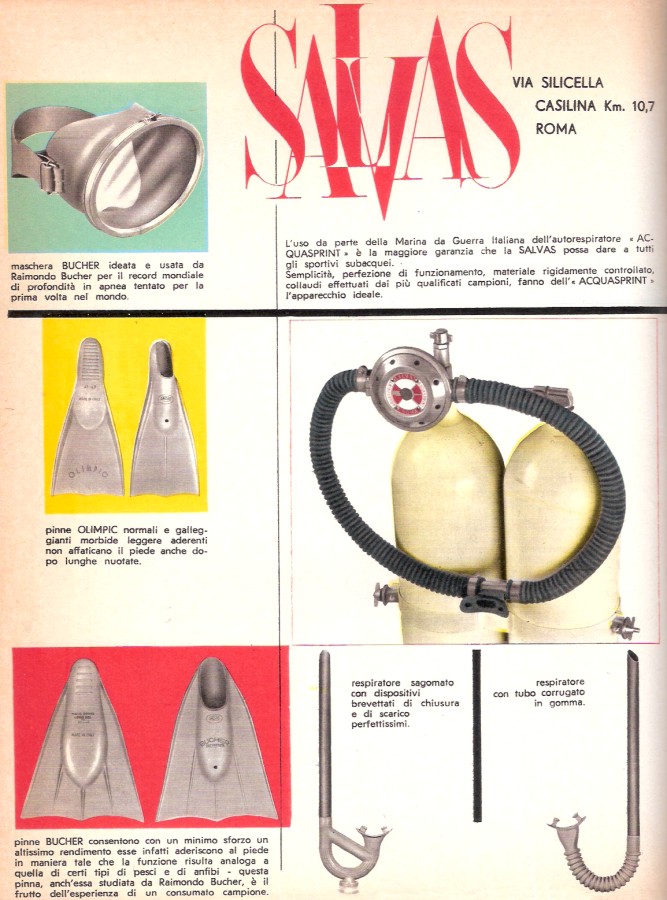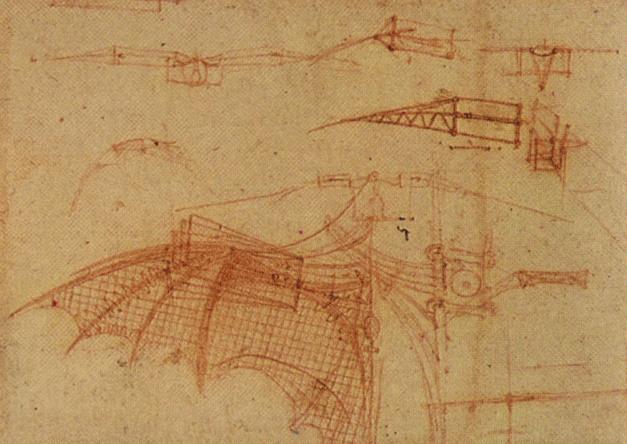|
|
Post by trapezus on Nov 2, 2016 7:52:31 GMT -8
|
|
|
|
Post by SeaRat on Nov 2, 2016 16:29:05 GMT -8
Trapezus,
Thank you! This was a very interesting film, showing free diving in 1950 to 30 meters, and 1952 to 37 meters. It then went through the 1950s diving too, showing very early rebreathers and scuba rigs. In the 1960s things got more toward our gear today.
David Richie Wilson, you will enjoy seeing some of the very early examples of fins and masks. I note that the free divers were using round masks, with nose clips for equalizing too.
I think all the vintage diving community should see this film. It also shows, with news clippings, some of the early coverage (although I don't recognize the language).
John
|
|
|
|
Post by DavidRitchieWilson on Nov 2, 2016 23:39:05 GMT -8
A very interesting video about a neglected Italian underwater pioneer. Thank you, Trapezus, for bringing it to our attention, and I'm grateful to John for recommending it to me and providing additional information. There's an article in Italian about Raimondo Bucher at RAIMONDO BUCHER: IL DA VINCI DELLA SUBACQUEA – UN ARTICOLO SENZA TEMPO. The video is at the bottom of the web page. I first came across Bucher's name in a Whitstable Diving Company catalogue during the late 1960s because it featured imported Salvas-Shark basic diving gear made in Rome. The latter included an oddly shaped fin, named after him, with a very broad and short blade surrounding the closed-toe foot pocket. Bucher designed the fins. Here is a period Salvas flyer showcasing gear from 1960, including the fins in the left hand bottom corner:  The caption claims that the fins were highly efficient because they mimicked the swimming styles of fish and amphibians and were based on Bucher's breath-hold diving experiences. The picture comes from an excellent Italian collection of vintage freediving memorabilia, whose 1960 page is at Attrezzature subacquee d'epoca. It's well worth exploring the whole site not only for its contemporary publicity material but also for its table of freediving records, including Bucher's, at Record di immersione in apnea. |
|
|
|
Post by nikeajax on Nov 3, 2016 8:26:44 GMT -8
 The caption claims that the fins were highly efficient because they mimicked the swimming styles of fish and amphibians and were based on Bucher's breath-hold diving experiences. That fits perfectly with the "romantic Italian" stereotype  Here's another Italian's design, who I'm sure Signore Bucher was inspired by...  Our old pal, Leo Da Vinci  JB |
|
|
|
Post by SeaRat on Nov 3, 2016 14:39:07 GMT -8
David Richie Wilson,
Thank you for clarifying the language, and the origin of these fins. Also, Mr. Raimondo Bucher; I had heard his name before, but never was able to associate it with the man himself. This film, and your post above, really does clarify that information for me.
Jaybird,
I'm going to have to look again at the Leonardo Da Vinci drawings, as they may have application to my forward "Hammerhead" unit for underwater swimming that I'm continuing to develop.
John
|
|